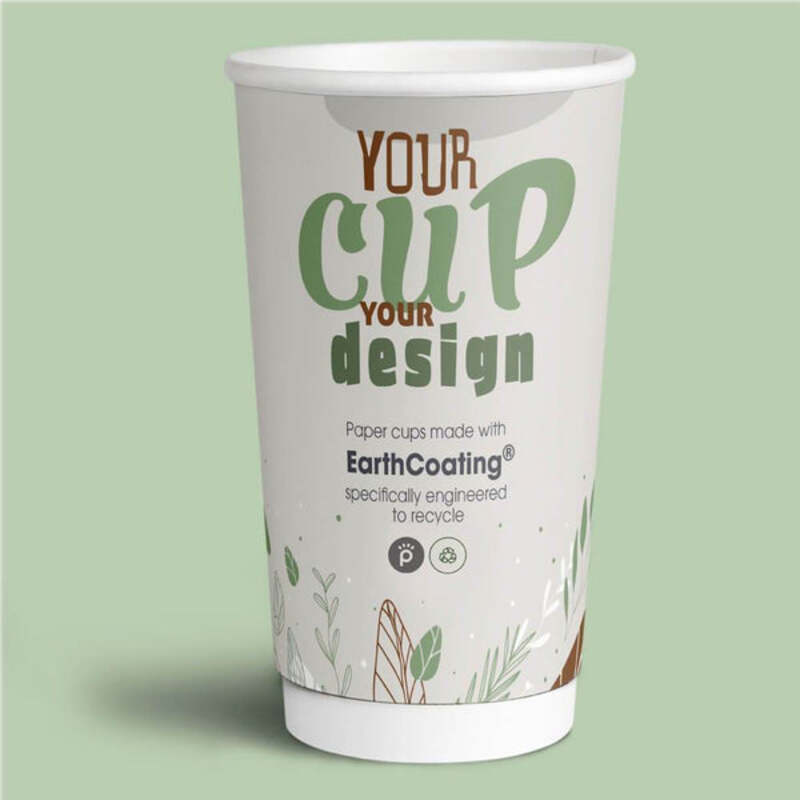The Impact of Plastic to Go Coffee Cups on the Environment
In recent years, the convenience of to-go coffee cups has revolutionized the way we consume our daily caffeine fix. With the hustle and bustle of modern life, grabbing a coffee on the run has become almost second nature for many individuals. However, amid this swelling demand for convenience, an often-overlooked aspect surfaces the environmental impact of plastic to-go coffee cups. As our society becomes increasingly aware of the climate change crisis, it is essential to examine the implications of our everyday choices and consider more sustainable alternatives.
Plastic to-go coffee cups, often made with a thin layer of plastic lining, are not as straightforwardly recyclable as one might think. While the cup's exterior might appear to be paper, the plastic lining prevents it from breaking down in a recycling facility. As a result, a staggering number of these cups end up in landfills or as litter in our parks, streets, and oceans. According to estimates, billions of disposable coffee cups are used every year globally. This raises the question What happens to all this discarded plastic?
The Impact of Plastic to Go Coffee Cups on the Environment
Of course, the stakes are higher for wildlife as well. Animals can ingest or become entangled in discarded plastic materials, leading to injury or death. For example, marine animals often mistake plastic debris for food, resulting in harmful consequences. Turtles, birds, and other creatures are known to suffer from malnutrition or intestinal blockage because of plastic ingestion. Hence, the issue of single-use coffee cups becomes not just an environmental concern but also a matter of biodiversity and the health of our planet’s ecosystems.
plastic to go coffee cups

In light of these alarming facts, many have begun to advocate for sustainable alternatives to plastic to-go coffee cups. Reusable coffee cups represent a practical solution for environmentally conscious consumers. Available in a variety of materials—from stainless steel to glass—these reusable options help significantly reduce waste. Moreover, many coffee shops now offer discounts to customers who bring their own cups, incentivizing individuals to make more sustainable choices.
Additionally, innovative solutions are emerging to address the plastic cup crisis. Several companies are now producing fully compostable cups made from materials like bamboo or cornstarch. These cups can break down in industrial composting facilities, offering a viable alternative to traditional plastic-lined cups. As consumers become more educated about the environmental impacts of their choices, the demand for such products is likely to increase, prompting further innovation in the realm of sustainable packaging.
Public awareness campaigns play an essential role in encouraging individuals to reconsider their coffee-drinking habits. Educational initiatives can help illuminate the hidden costs of convenience, urging coffee drinkers to think about their impact on the environment. By showcasing the benefits of reusable cups and other eco-friendly options, we can create a cultural shift towards more sustainable lifestyles.
In conclusion, while to-go coffee cups may epitomize convenience in our fast-paced world, their environmental implications cannot be ignored. The explosion of single-use plastic in our society exacerbates climate change, threatens wildlife, and contributes to pollution, prompting an urgent call to action. As individuals, businesses, and communities, we have the power to make conscientious choices that protect our environment for future generations. By opting for reusable or compostable alternatives, we can enjoy our daily coffee fix without compromising the health of our planet. Together, we can shift the narrative from convenience at a cost to sustainability without sacrifice.



